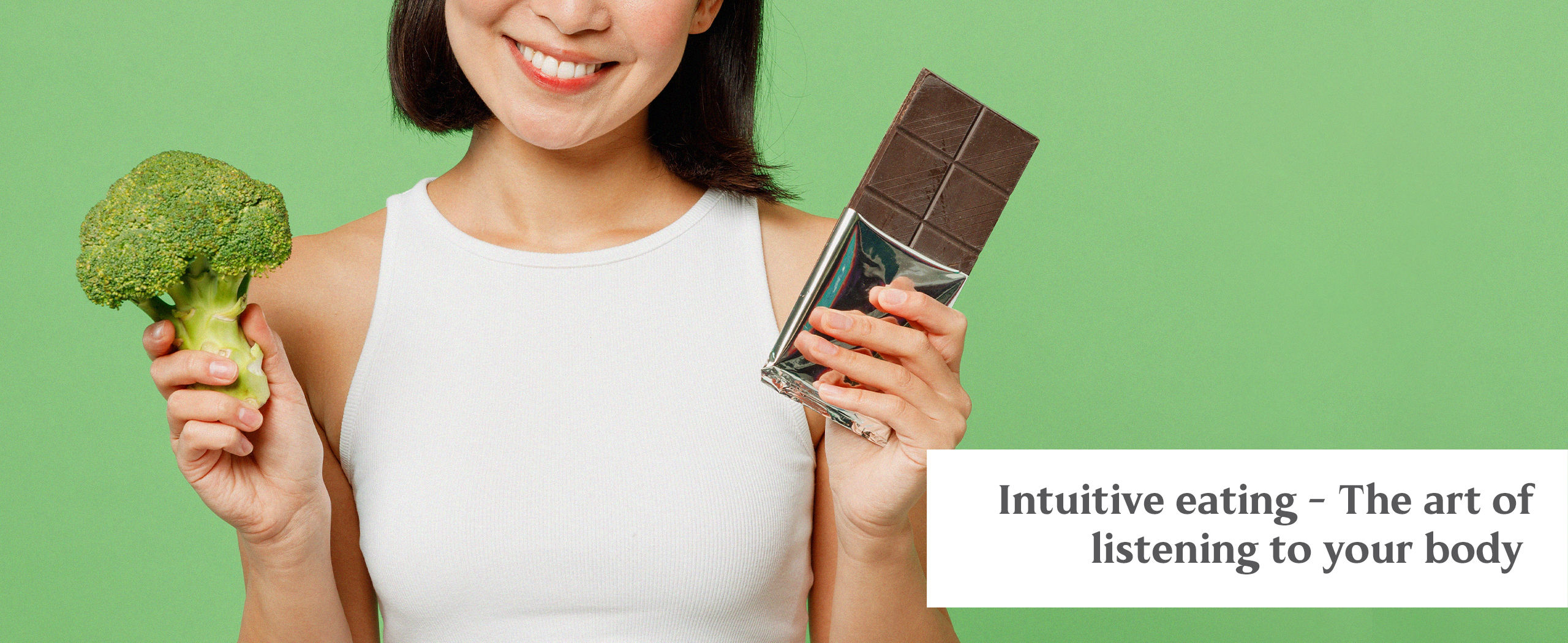Food from the Indian subcontinent is known for its rich and bold flavors forming complex yet enjoyable layers of taste. Of course, cooking from the region uses a ton of spices and fresh herbs that lend it a distinct taste profile. Some of these spices come together to form the indispensable mix called the ‘Garam Masala’. Translated as the ‘hot spice mix’, it is just that – a ground mix of spices that add subtle heat, and a delicious depth to many dishes.
Let’s see why the Garam Masala is a VIP in desi cooking, how it is made and used, and more.
Who invented Garam Masala?
While it is hard to trace its birth due to a lack of documented records it is believed that this hot spice mix was first introduced in North India under the 13th-century Mongol influence. Cooks added it to their dishes for subtle heat while Ayurvedics thought this blend quickened the metabolism and raised body temperature. Generations later, this spice blend is a must-have in every desi kitchen. Interestingly, you don’t only find it in the spice cupboard of Indian, Pakistani, and Bengali homes but Nepalese, and Caribbean.
Garam Masala Ingredients
This hot spice mix can have as few as 5 and as many as 30 spices blended to create a unique flavor. Often you see cooks pick the ingredients based on the dishes it is supposed to spice up. The Kashmiri and Punjabi Garam Masala varieties are among the most used in the region. How customizable it is, is one of the best things about it. Many families pass down their signature Garam Masala recipe through generations, and each has its unique taste.
The most common Garam Masala ingredients include fennel, cloves, cinnamon, cumin, coriander seeds, black and green cardamom, and black peppercorns. The Punjabi and Kashmiri varieties also use bay leaves, ginger, and nutmeg. Kashmiris refine it further by adding turmeric and Kashmiri chili.
How to make the majestic spice mix?
Making it is easy especially when you don’t have to grind the spices on ‘sil batta’, the traditional way. Roast your preferred Garam Masala ingredients in a hot pan. Let the oils release and the spices become fragrant. Once roasted and cooled, chuck them into your spice grinder. The electric one does the job, albeit some would argue the flavor of spices is superior when ground the old way – with a stone mortar and pestle. Storing it is easy – just use a sealed glass jar to keep it fresh for months.
When to use Garam Masala?
One of the most versatile spice blends on the planet, Garam Masala adds subtle heat and a delicious layer of flavor to any dish. It goes into dry rubs, wet marinades, and curries. You can use it with meat dishes, daal, or vegetable stews. Add it at the start of the cooking, in between, or in the end. The possibilities are endless and exciting. However, remember that spices in this mix are strong, and too much can overpower other flavors in your food. So, make sure you use it responsibly!
Popular South Asian dishes like Chicken Tikka Masala, Butter Chicken, Biryani, and Haleem, feature the ‘hot spice mix’.
As a side note, spices that make Garam Masala are known to affect your health positively – most of them are good sources of antioxidants.
Concluding words…
Spices are not just a way to season our food. Their power has shaped trade routes, culinary cultures, and legacies across the planet for centuries. Garam Masala is a supreme example of the ‘spice phenomenon’ – a flavorful tradition kept alive by countless unknown homemakers across many generations.



